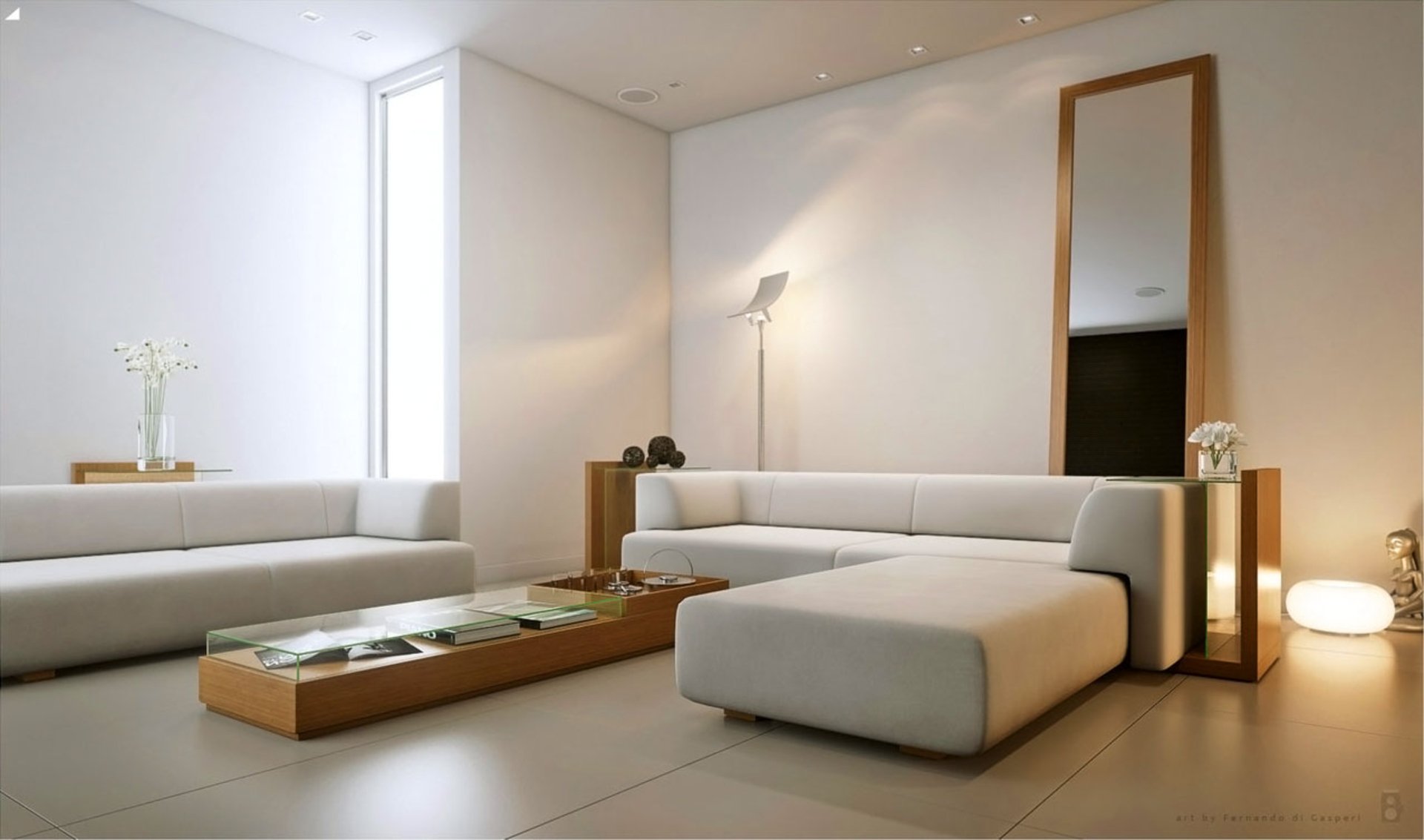Choosing the right running shoe can feel overwhelming. So many options, so many claims! One of the biggest debates is around two fundamentally different types of footwear: shoes designed for maximum support and cushioning versus those offering a more stripped-down, natural running experience.
Understanding the Two Shoe Philosophies
The core difference lies in how much intervention the shoe provides. Supportive running shoes aim to control foot motion, often incorporating features like medial posts (firmer foam on the inside of the sole to prevent overpronation – excessive inward rolling of the foot). They also tend to have thicker midsoles for greater cushioning and impact absorption.
In contrast, "barefoot" style or "natural" running shoes minimize these features. They are typically lighter, more flexible, and have a lower "heel drop" (the difference in height between the heel and forefoot), sometimes even zero drop. The goal is to allow your foot to move more naturally, engaging the muscles and tendons in your feet and lower legs to a greater extent.
Thinking about it another way, a supportive shoe is like a brace, gently guiding your foot through its stride. A minimalist shoe is more like a blank canvas, letting your foot do its thing, for better or worse.
What are the benefits of supportive shoes?
Supportive shoes are often recommended for runners who overpronate, experience joint pain, or are new to running and need more guidance. The extra cushioning can also be beneficial for high-mileage training on hard surfaces.
The Allure of the Barefoot Feel
The "barefoot running" movement gained traction by arguing that modern running shoes weaken the feet, leading to injuries. Proponents believe that running in minimalist shoes can strengthen the foot and lower leg muscles, improve running form, and reduce the risk of injury. This involves a more mid-foot strike (landing on the middle of your foot instead of your heel) and a quicker cadence (number of steps per minute).
It's a compelling idea. Imagine your foot as a highly sophisticated suspension system. Supportive shoes, in this view, essentially disable parts of that system. Allowing it to function freely, the theory goes, makes you a stronger, more resilient runner.
However, it's not quite that simple.
What should I look for in a "barefoot" style shoe?
If you are curious about minimalist shoes, look for a wide toe box that allows your toes to splay naturally, a thin and flexible sole, and a low or zero heel drop. Brands like Vibram Five Fingers (though very extreme), Merrell, and Altra are well-known for their minimalist offerings.
Potential Pitfalls and Practical Considerations
The biggest mistake people make is transitioning to minimalist shoes too quickly. Your feet and lower legs need time to adapt. Jumping straight into running long distances in minimalist shoes after years of wearing supportive shoes is a recipe for injury – shin splints, stress fractures, and Achilles tendinitis are common complaints.
Think of it like lifting weights. You wouldn't start by trying to bench press your maximum weight. You'd start with a lighter weight and gradually increase it as your muscles get stronger. The same principle applies to running in minimalist shoes. Start with short walks or runs, gradually increasing the distance and frequency as your body adapts.
Another crucial point: minimalist shoes aren't for everyone. If you have certain foot conditions, such as flat feet or high arches, or if you have a history of lower limb injuries, supportive shoes may be a better choice. Consult with a podiatrist or running shoe specialist to get personalized advice.
And while "natural" running is the ideal for some, the reality is that the surfaces we run on are rarely natural. Concrete and asphalt demand different considerations than trails or grass. The increased impact from harder surfaces might negate some of the benefits of less cushioning.
Finding the Right Balance
The truth is, there is no one-size-fits-all answer. The best running shoe for you depends on your individual biomechanics, running style, experience level, and injury history. What works for your friend or favorite runner might not work for you.
Some runners find that a combination of both types of shoes works best. They might use supportive shoes for long runs or when they're feeling tired, and minimalist shoes for shorter, faster runs to work on their form. This approach allows them to reap the benefits of both types of footwear.
Running form and foot strike are important factors regardless of shoe type. You might improve your running experience by working on these alongside changes to footwear.
Is there a "middle ground" option?
Yes! Many running shoe companies offer shoes that fall somewhere in between minimalist and maximalist. These shoes typically have a moderate amount of cushioning and support, with a lower heel drop than traditional running shoes. They can be a good option for runners who want some of the benefits of minimalist shoes without sacrificing too much cushioning or support.
Making the Right Choice for You
Ultimately, the best way to find the right running shoe is to try on several different pairs and see what feels most comfortable. Visit a specialty running store where you can get fitted by a knowledgeable salesperson who can assess your gait and recommend shoes that are appropriate for your needs. Don't be afraid to run around the store in the shoes to get a feel for them.
Pay attention to how your feet feel during and after your runs. Are you experiencing any pain or discomfort? If so, it might be a sign that your shoes aren't the right fit. Don't be afraid to experiment with different types of shoes until you find what works best for you. The goal is to enjoy your runs and stay injury-free.
It's a journey of discovery, really. Listen to your body, be patient, and find what makes you feel good while you're out there putting in the miles.
